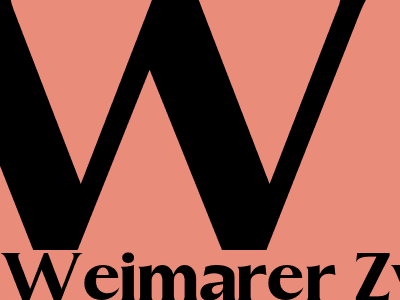A Guide to the Weimarer Zwiebelmarkt: A Thrilling Onion Market with Centuries of Tradition
A Rich History Dating Back to the 16th Century
The Weimarer Zwiebelmarkt, a renowned onion market held annually in the historic city of Weimar, Germany, boasts a captivating history that spans centuries. Its origins can be traced back to 1653 when Duke Wilhelm IV granted the city the privilege of hosting a three-day market during the second week of October. Initially, the market primarily focused on trading onions, a staple food for the region. Over time, it transformed into a vibrant cultural event that showcased a diverse range of local produce, crafts, and entertainment.
An Unforgettable Experience: Exploring the Market's Vibrant Stalls
Today, the Weimarer Zwiebelmarkt attracts over 300,000 visitors each year, eager to immerse themselves in its unique atmosphere. The market erstreckt sich along Schillerstraße and Goetheplatz, transforming the city center into a bustling hub of activity. Visitors can browse through an array of stalls, each offering a tantalizing selection of goods. From freshly harvested onions to fragrant herbs, mouthwatering cheeses to intricately crafted pottery, the market showcases the region's rich agricultural and artisanal traditions.
A Culinary Journey: Savoring the Flavors of the Zwiebelmarkt
The Weimarer Zwiebelmarkt is a paradise for food enthusiasts. Visitors can indulge in a delectable range of culinary delights, many of which incorporate the market's namesake ingredient - onions. From hearty onion soup to savory onion tarts, there's something to tantalize every palate. Street food vendors dish out tempting treats, such as grilled bratwurst with caramelized onions and crispy onion rings. For a sweet indulgence, visitors can savor Zwiebelkuchen, a traditional German onion cake, or sip on a refreshing Zwiebelschorle, a refreshing spritzer made with onion juice and sparkling wine.
Witnessing the Spectacular Onion Parade
A highlight of the Weimarer Zwiebelmarkt is the Zwiebelmarktumzug, a lively parade that takes place on the second Sunday of the market. This colorful procession features elaborately decorated floats, marching bands, and costumed participants, all paying homage to the humble onion. The parade winds its way through the city streets, creating a spectacle that delights spectators of all ages. The parade is a testament to the market's deep-rooted cultural significance and its ability to bring the community together in celebration.
A Vital Part of Weimar's Cultural Heritage
The Weimarer Zwiebelmarkt is more than just a market; it is a vibrant tapestry woven into the cultural fabric of Weimar. The event serves as a platform for local businesses, artisans, and performers to showcase their talents and connect with the community. It also offers visitors a glimpse into the city's rich history and traditions. The market is a testament to the enduring spirit of Weimar, a city that has been shaped by centuries of cultural and intellectual achievements.
Essential Tips for Planning Your Visit
To make the most of your experience at the Weimarer Zwiebelmarkt, consider these tips:
- Book your accommodation in advance, as the city tends to be fully booked during the market.
- Arrive early on the weekends to avoid crowds and secure a parking space.
- Bring cash as some vendors may not accept card payments.
- Wear comfortable shoes, as you'll be doing a lot of walking.
- Stay hydrated by bringing a reusable water bottle.
Conclusion: A Lasting Impression
The Weimarer Zwiebelmarkt is a captivating blend of history, culture, and culinary delights. Its vibrant atmosphere, diverse offerings, and unique traditions leave a lasting impression on visitors, making it an unforgettable experience. Whether you're a history buff, a food lover, or simply seeking a glimpse into German culture, the Zwiebelmarkt is sure to enchant and inspire.

Comments